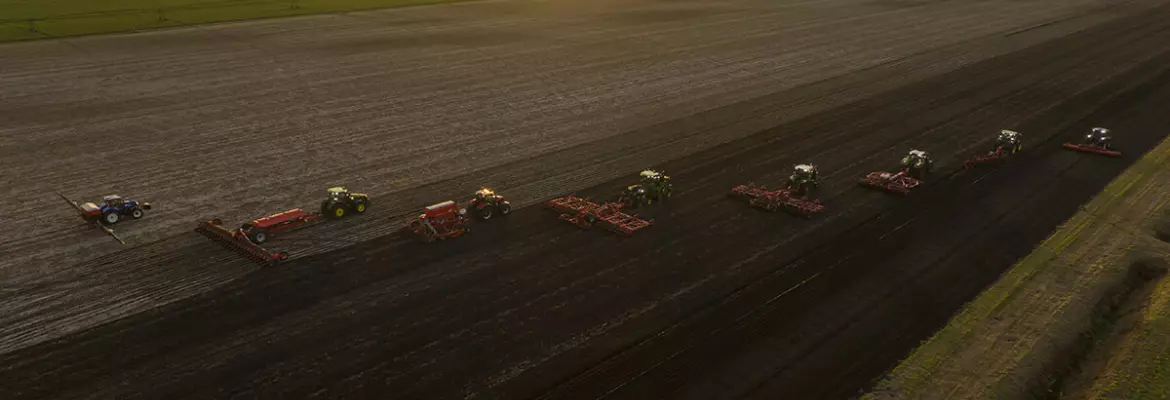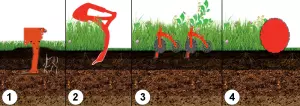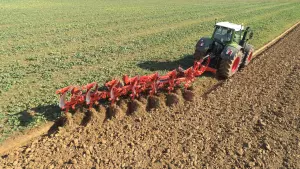
Conservation tillage preserves soil structure and organic matter better than conventional tillage, which can lead to soil erosion and degradation. It enhances water retention, reduces fuel and labor costs, and promotes biodiversity. However, it may require more careful weed management and an adaptation period for farmers.
Minimum cultivation techniques or plowing? It all depends on your objectives
Choosing between conservation tillage and conventional tillage depends on your goals. Conservation tillage enhances soil health and reduces erosion, while conventional tillage may offer quicker weed control. Assess your specific needs and objectives to make the best decision.
The advantage of Conservation Tillage for the structure and life of the soil
The main advantage of conservation tillage compared to conventional tillage (plowing) is that it doesn’t disturb the soil structure since tillage tools don’t completely turn the soil. On the surface, plant debris and crop residues create more abundant organic matter. No-till drilling maintains soil cover to limit erosion and soil breakdown, and boosts water infiltration. Another benefit is the reduction of the greenhouse gas, carbon dioxide, as it’s stored in the soil and fewer tractor passes are needed.
Conservation tillage has proven effective for many years now with yields comparable or exceeding plowed land.

Conventional Tillage can be useful
Conventional tillage can be useful in a no-till or conservation tillage operation for specific purposes. It can help manage severe weed infestations or break up compacted soil layers that hinder root growth and water infiltration.

Consider timing, crop, soil type and weather conditions in your tillage practice
Choosing between conservation tillage and conventional tillage depends on several factors. Conservation tillage may require more planning to manage residues and soil moisture. Some crops benefit more from reduced soil disturbance. Weather and soil conditions also play a role; wet or compacted soils might need conventional tillage to improve aeration and drainage.

Find out more about conservation tillage methods
-
Conservation Tillage methods consist of cultivating the land without turning the soil.
-
Generally, shallow tillage involves working to a depth of between 2 and 6”, whereas deep tillage can go down to depths of 16”. Note: working depth depends on the machine that is used.
-
There are several different ways to improve biological activity in the soil, including:
- Using tillage techniques that enhance microbial life such as cover crops, crop rotation, and conservation tillage.
- Adding organic matter to the soil in the form of crop residue, manure or compost.
- Avoiding the excessive use of chemical fertilizers and herbicides that can have a negative impact on microbial life in the soil.
- Maintaining permanent soil cover with plant cover or a suitable crop rotation.
- Preventing soil compaction by reducing the number of passes with agricultural machinery. These practices boost microbial life in the soil which plays an essential role in producing fertile, healthy crops.
-
Cover crops planted between two main crops to protect the soil, increase fertility, and promote microbial life. They can reduce nitrate leaching by absorbing residual nitrogen in the soil after the main crop has been harvested.
-
Reducing tillage, while beneficial in many ways, does come with some risks. Without some tillage excess crop residue can delay spring seeding and hinder germination due to slower soil drying and warming. It may also lead to excess moisture and cooler soil temperatures, which can affect crop growth. Weed control can become more challenging, potentially increasing the need for herbicides.
-
Conservation tillage machines reduce passes in the field, lowering fuel costs and reducing soil compaction.
